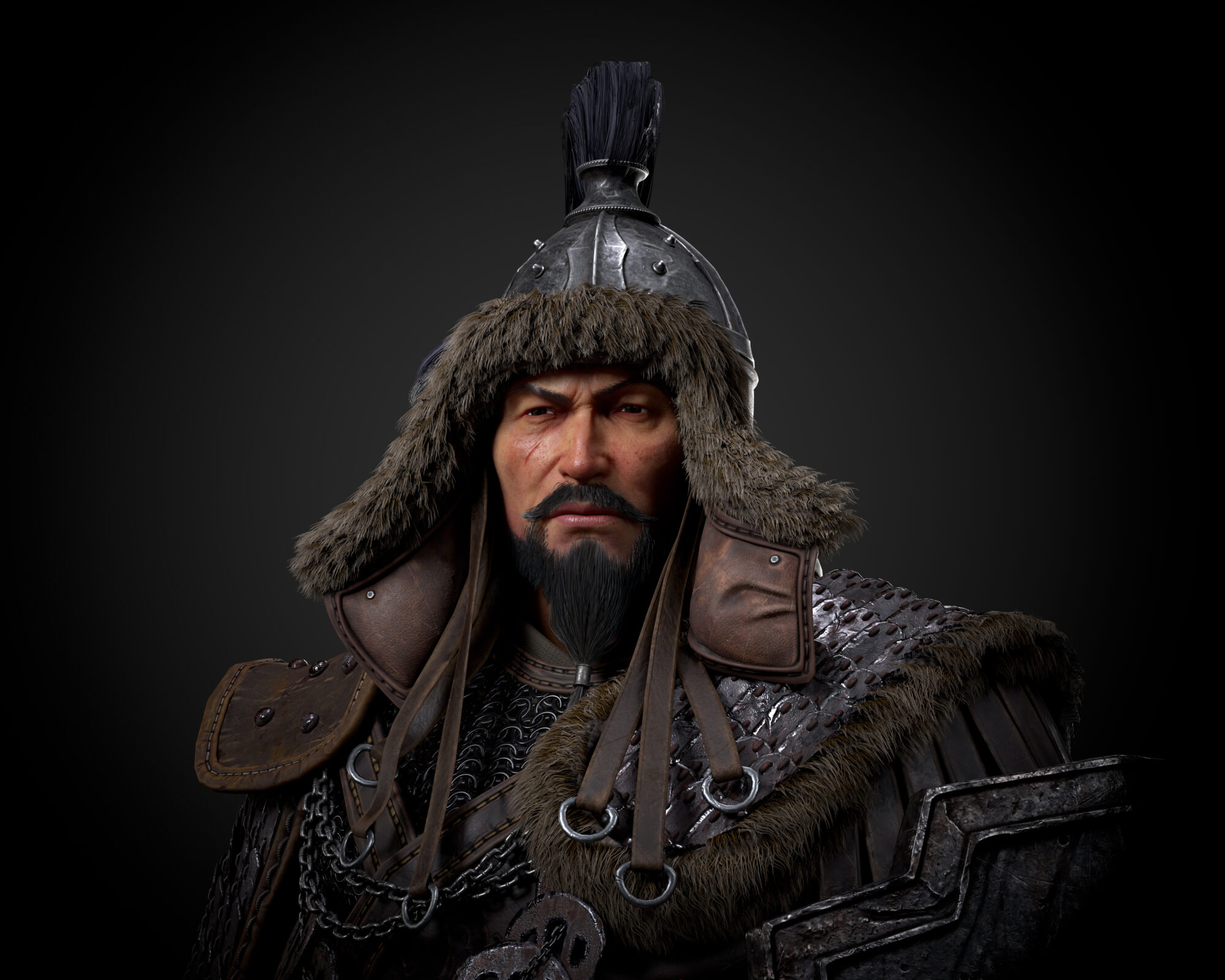
Project
Some time ago I found this beautiful concept made by Jonas De Ro. I really liked the mood and the lighting, as well as the opportunity to decorate it with my own story and ideas. And as soon as I had the availability of free time, I decided to get to work. Notice that the main part of this article will be about lighting, post-process and fit-in concept art visual.

References
To be honest, there’s not much to say about ref board. The concept art is presented in only one frame, which gave me excellent proportions, light and composition. But a lot of the details are very blurry, and that’s fine for concept art. I was looking mainly for props from the ’80s because I felt like the scene was from that time.
In addition, I felt a great similarity with the mood from Breaking Bad, in the scene there are references to this series.
And below you can see my ref board, as I said, there’s a little bit, I’m not a fan of finding a hundred references for each detail. Everyone works as it is convenient for them, I feel comfortable relying on my own visual library and a small number of references so that my eyes do not run away and the work isn’t delayed.

Blockout/Lighting
So I started in Blender. I set up the camera and started laying a rough block out. My advice at this stage is to put pure ref in semitransparent mode and overlay it directly on the viewport. This helps to achieve a very good hit in proportion. Once I felt that everything is OK in Blender, I exported the scene to Unreal without combining meshes.
For me, projecting concept art onto meshes is the most important part of the pipeline. First, I do the maximum delighting of the image in Photoshop, trying to remove all shadows and highlights, making the image as neutral as possible, and then I use Camera-Based UV mapping of the concept to all key props. So I created the basic materials for the walls and floor, did the drafting of the concept, and now am able to test the lighting.

I use different pipelines, depending on the task. The concept is beautiful because of the light and contrasts in the first place. I decided to focus on lighting. That is why I performed the next stage of lighting, but still I will adjust the light more than once. Now it’s just a test.
In this image, you can see how I interpreted the contrasts of the scene.

Then, I decided to motivate myself a little and make a small prop, ventilation. I think working on a scene is worth doing such small things for a couple of hours, it allows you to keep the motivation for the project and continue routine things. Just below I will describe the process of texturing unique props, and now we will focus on the lighting.
I decided to create a material library and a universal master material in Unreal. Thanks to the flexibly configured master, I only needed 6 tile materials and other specific mats like glass, foliage, god beams and flying dust.


Then I decided to start setting up the lighting. Since this is indoor, illuminated by outdoor lighting, I decided to bake the only SkyLight in order to adjust the strength of light penetration into the room from the outside and get the desired light gradient.

After that, I already added Directional light and made some fake light sources to achieve similarity with the concept. Yes, this is not physically true, but it is necessary to achieve the level of beauty of the concept.
I also need to mention that for better light performance, I added Lightmass portals to the scene in place of windows and doors.
If you are interested in working with light, I highly recommend this video
After setting up Directional Light, I connected and configured AO, as well as added Planar Reflections to the places where it seemed to me that they should be, based on the concept. These reflections create the necessary contrast.

And the final touch is post-processing! This is an interesting part, but also difficult to understand when to say “STOP” to yourself. This requires experience, so as not to cross a fine line, so I advise you to seek advice from friends and the community. There is nothing shameful in this, every artist knows that the eyes get used to it and stop perceiving your own work honestly.
AO, Bloom, etc. Information about it is full on the Internet. But I advise you to pay attention to this documentation on how to create a custom Lookup table texture (LUT). Investing time in this process can improve the quality of the render at times, as well as set the necessary mood.
Texturing unique props

In the process of modeling, I advise you to always think about what detalisation should be made in a 3D program, and what can be done faster and easier in Substance Painter.
Almost all the detailing of the ventilation was done in substance, I did not waste time on sculpting.

Also, since the scene was made in a blender, it would be meaningful to model a donut in a blender, but I’m lazy for that.
Thank you for reading this article.
I hope you found something useful in it for yourself.
If you have any questions or clarifications, you can contact me on my ArtStation or on Twitter.













